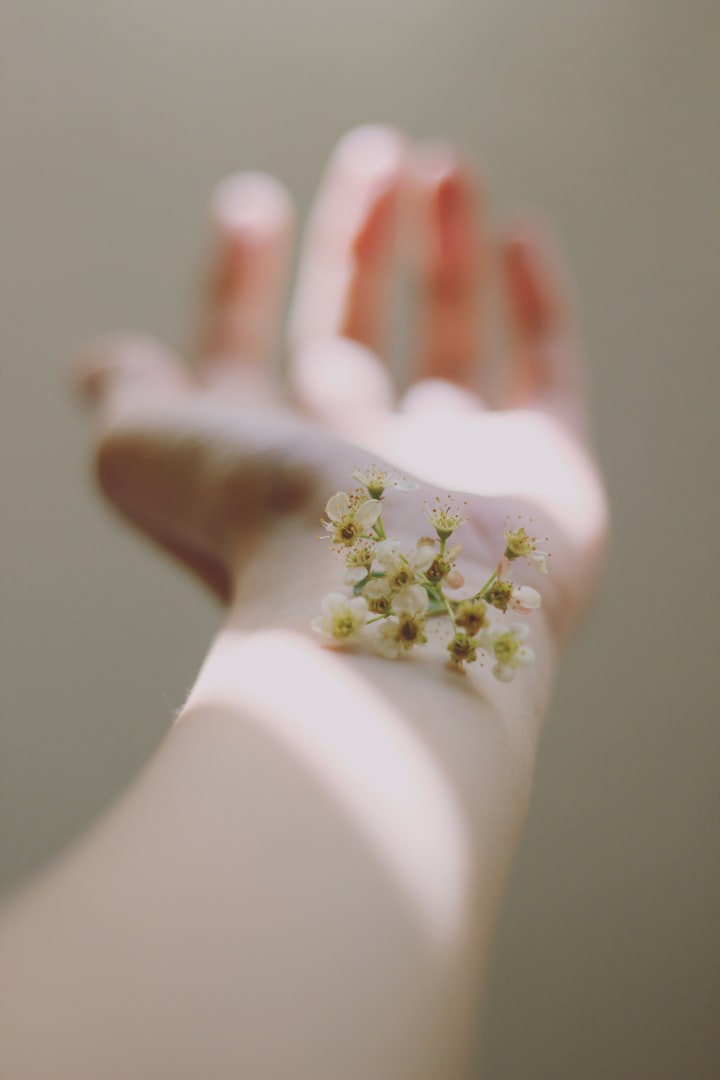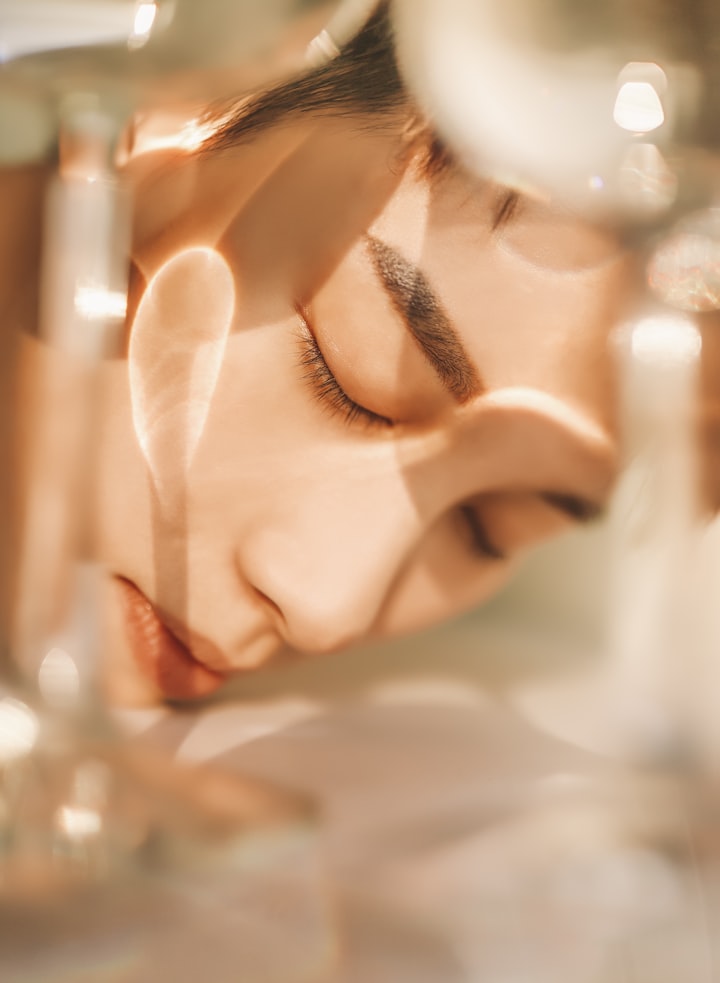7 Things Every Woman Needs to Do for Her Skin - How to Take Care of Your Skin
7 Things for Women Skin Care

Like most parts of your body, your skin is constantly changing in a myriad of ways over the course of your life. Even though women have a lot going on in their 20s, establishing a good skincare regimen during this time is key. We talked to top derms for their tips on the best skincare routine for your 20s.
Skin can be oily and acne-prone during the teenage years (thanks, puberty-induced hormones!), and this stage can extend well into your twenties. In fact, as Marnie B. Nussbaum, MD, a NYC-based dermatologist, points out, hormone levels actually peak in your third decade, leading to lower jawline acne as well as dehydration due to increased progesterone levels.
“From an antiaging perspective, cellular turnover decreases by a whopping 28 percent, leading to a duller complexion and fine lines,” she says. “Furthermore, collagen production starts to decline and leads to fine lines and increased laxity.” Sun damage plays a very significant role in premature aging, hyperpigmentation, and brown spots [source].
To help ward off some of these effects on the skin, establish a good skincare routine and stick with it.
“If you experience persistent bouts of acne, this can lead to hyperpigmentation and scarring, which often worsens in your 30s and after. You will have begun to lose some elasticity, and the acne marks can become more exaggerated,” explains Loretta Ciraldo, MD, dermatologist and founder of Dr. Loretta Skincare. “I have a number of patients with beautiful skin in their 80s, all of whom tell me they have used a set routine, beginning in their late teens or early twenties.”
If you establish a consistent skincare routine in your 20s, you will be more equipped to stick with it through the decades (FYI: here’s what you should be doing in your 30s and 40s). That will ultimately lead to healthier, glowing skin throughout your life.
Here are the skincare practices that dermatologists recommend making a part of your skincare routine in your 20s.
1. Wash your face twice a day
Some people wash their face at night only—after all, how dirty could their skin get overnight? Well, according to Dr. Ciraldo, there is a significant amount of debris, including dead skin cells and dust mites, that get on your skin overnight.
For this reason, washing your face in the morning is equally important as nighttime cleansing. Perspiration and sweat occur during the night as well, another reason to regularly wash your face upon waking.
She recommends opting for cleansers that contain antioxidants, which fight free radicals that lead to premature aging [source] and give your skin a lit-from-within glow.
2. Keep skin hydrated
Even if you don’t consider yourself someone who has dry skin, you should be moisturizing twice daily—once after every cleanse.
“Hydration is the first step to healthy skin,” says Dr. Nussbaum. “Moisturized skin improves the skin barrier to prevent inflammation, irritation, and dryness, and also plumps the epidermal cells to look supple and smooth rather than dehydrated and wrinkled.”
Consider choosing a moisturizer formulated for your skin type, be it dry, oily, acne-prone, or combination. You can DIY this rosehip moisturizer for dry skin and add essential oils your skin will love, like frankincense.
3. Add some vitamin C
A vitamin C serum is a must in your morning routine, according to Dr. Nussbaum. “Vitamin C is a potent antioxidant that neutralizes free radicals to decrease skin aging and help prevent skin cancer,” she says.
By using a serum containing vitamin C, you are promoting collagen formation [source], and you can expect to have brighter, tighter, and healthier skin overall. If you don’t want to DIY it, try Drunk Elephant C-Firma or Biossance Squalane + Vitamin C Rose Oil.
4. Exfoliate weekly
Once or twice a week at most, Dr. Nussbaum recommends gently exfoliating your skin with glycolic acid-containing pads like these from First Aid Beauty for a brighter complexion [source].
“Glycolic acid helps decrease the aging process. However, you want to be wary about over-exfoliating, which can lead to redness and inflammation as well as cause microtears in the skin,” she says. For an occasional scrub, choose one with finely ground exfoliants like Kate Somerville’s ExfoliKate.
5. Wear sunscreen every day, all year round
You know the importance of wearing safe sunscreen but might not realize that you need it year-round—even on cloudy days. “Exposure to ultraviolet radiation (UV rays) from sunlight is the number one reason the skin ages,” notes Simone McKitty, MD, a dermatologist in Torrance, California.
She recommends protecting your skin by wearing a broad-spectrum mineral sunscreen (rather than chemical) with an SPF of 30 or higher every day, even on cloudy days and when you’re inside. We really like Coola Mineral Face Matte Moisturizer.
And don’t forget to reapply every few hours at least and immediately after you come out of the water. If you prefer a dewy complexion post sunscreen, try Drunk Elephant’s Tinted Umbra.
Take care of your hands in your 20s
6. Don’t forget your hands
Too often, people neglect to care for the very sensitive skin on their hands. And this area tends to age faster than others.
“The way to prevent older-looking hands by your forties is to use your facial sunscreens, moisturizers, and serums on your hands as well as your face,” says Ciraldo. “Your 40- and 50-year-old face will be very appreciative that you did!”
Additionally, after applying your sunscreen in the morning, take any excess and rub it into the backs of your hands.
7. Try a retinol
Dermatologists believe that retinol, also known as vitamin A, is an essential ingredient for counteracting the decline in skin cell turnover through the years [source], especially when it comes to the effects of photoaging (from the sun) [source]. “It increases cellular turnover, which exfoliates dead skin cells, decreases acne production, and decreases fine lines and wrinkles, and is truly the gold standard of antiaging,” says Nussbaum.
She warns that less is more when it comes to retinol and suggests starting out slow, using it three times a week and increasing to nightly if your skin can handle it. “Use only a pea-sized amount for the entire face, moisturize immediately, and if your skin gets red or dry, you are using it too often.”






Comments
There are no comments for this story
Be the first to respond and start the conversation.